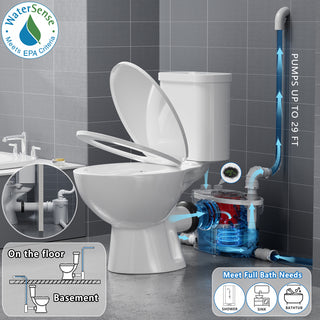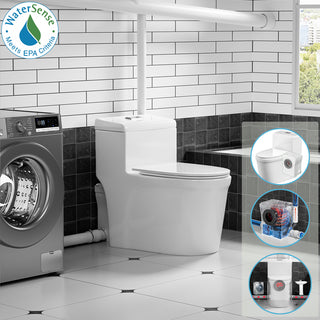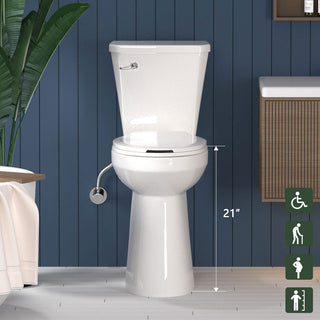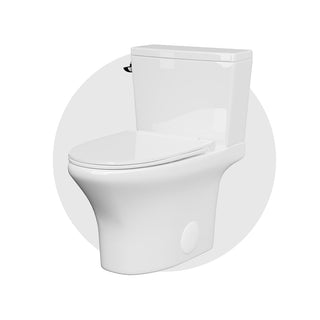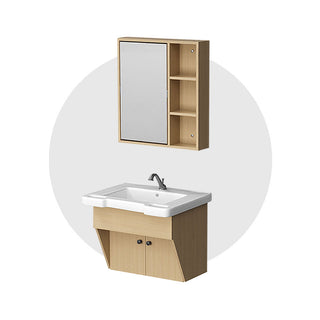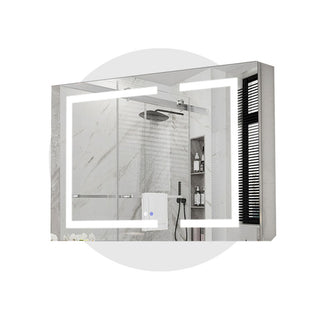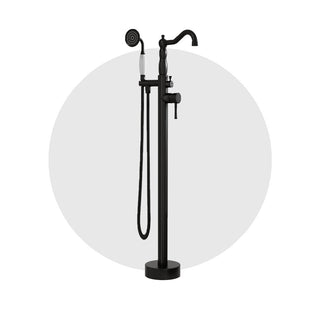Introduction
Macerating toilets—also known as upflush toilets—offer an ingenious solution for bathrooms in places where traditional plumbing isn’t feasible, such as basements, garages, or additions far from the main drain stack. But if you’re planning to install one, you might be wondering: Where exactly does the waste from a macerating toilet go?
Unlike conventional gravity-fed toilets that rely on large-diameter drainpipes and vertical flow, macerating toilets use a pump to push wastewater horizontally or upward through narrow discharge pipes. Understanding where these systems drain is key to a safe, code-compliant installation—and peace of mind.
1. How Macerating Toilets Work (In Simple Terms)
A macerating toilet has a built-in unit behind or beneath the bowl that grinds solid waste and toilet paper into a fine slurry. This mixture is then pumped through a small-diameter discharge pipe—typically between ¾" and 1" in diameter.
This pumping action gives the system flexibility: it can move waste horizontally for dozens of feet, or even vertically against gravity, allowing you to install a bathroom virtually anywhere in your home—even below the main sewer line.
2. Where Does the Waste Go After It Leaves the Toilet?
Once the slurry leaves the macerating unit, it flows through the discharge pipe into your home’s existing drainage infrastructure. The most common destinations include:
- Main soil stack – the primary vertical pipe carrying waste from all floors to the sewer or septic tank
- Branch drain line – a lateral pipe serving a particular bathroom or utility area
- Utility drain – sometimes permitted for laundry or graywater systems (if local code allows)
- Septic system – in homes without municipal sewer access
👉 Regardless of the path, the waste ultimately ends up in the same place as any other toilet’s output: your municipal sewer system or septic tank. The difference lies in how it gets there.
3. Drainage Routes: What’s Allowed and What’s Not
While a macerating toilet gives you flexibility, it’s critical to connect the discharge line properly. Here's what’s generally allowed:
✅ Approved Drainage Options
- Connection to a sanitary tee or wye fitting on an existing drain line
- Routing to a properly vented 2" or larger waste line
- Tie-in below the backflow prevention level
❌ What to Avoid
- Connecting to a vent stack (illegal and dangerous)
- Discharging into a cleanout port
- Using indirect waste lines such as floor drains or condensate lines
- Connecting to systems not designed for blackwater
💡 Always check your local plumbing code. Some areas may have stricter rules or require permits and inspections.
4. How Far and How High Can a Macerator Pump Waste?
One of the greatest advantages of macerating toilets is their reach.
- Horizontal discharge: up to 360 feet, depending on the model
- Vertical lift: up to 36 feet, often enough for a basement-to-attic run
Performance depends on factors like:
- Number of pipe bends
- Pipe diameter
- Vertical-to-horizontal ratio
- Slope (minimum ¼" per foot recommended)
Proper planning ensures the pump doesn’t work harder than it should—extending its life and reducing clogs.
5. Best Practices for Connecting Macerating Toilets to a Drain
For long-term reliability, follow these installation tips:
- Use smooth PVC or ABS pipe with no sharp turns
- Maintain a consistent downward slope in horizontal runs
- Install a backflow valve if connecting to a shared line
- Avoid sagging or flexing in pipes to prevent pooling
- Secure the discharge line to minimize noise and vibration
- Always follow the manufacturer’s installation guide and local plumbing codes
6. Common Installation Scenarios and Drainage Paths
Every home is different. Here’s how macerating toilets typically drain in different setups:
🏠 Basement Installation
- Vertical lift to ceiling joists
- Horizontal discharge through walls or ceilings
- Tie-in at main soil stack or branch line
🛠️ Garage or Room Addition
- Horizontal run to nearest utility or bathroom drain
- Use of external pump chamber (if needed)
🏕️ Tiny Home or RV
- Direct connection to a holding tank, graywater system, or compact septic unit
- Some off-grid systems use battery or 12V pumps, but most macerators require a 110–120V power supply for optimal performance.
Final Thoughts: Plan the Drain Route Before You Buy
The key to a successful macerating toilet installation isn’t just choosing the right model—it’s planning where it drains. A poorly chosen or illegal drainage route can lead to backups, foul odors, or plumbing violations.
✅ Always:
- Identify the nearest legal connection point
- Consider venting and backflow protection
- Talk to a licensed plumber if unsure
When installed correctly, a macerating toilet offers years of low-maintenance, high-performance use—even in the most unexpected places.
Frequently Asked Questions
❓Can a macerating toilet drain into a sink or shower line?
Only if allowed by code, and the line is properly sized and vented. Typically not recommended for blackwater discharge.
❓Does the waste go to the same place as a regular toilet?
Yes—it ends up in the sewer or septic. The only difference is how it gets there.
❓What if there’s no nearby drain pipe?
You can often route horizontally across long distances or vertically up to reach a distant stack.
❓Can I connect other fixtures to the same macerator?
Many models allow connection from a sink, shower, or tub—but not all. Check your unit’s specs.


